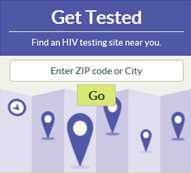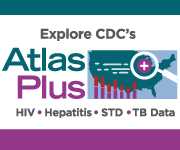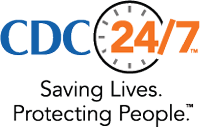Community Health Center Strengthening
What are community health centers?
Community health centers are community-based and patient-directed organizations that serve populations with limited access to health care. HRSA-supported community health centers must meet the following requirements:
- Located in or serve a high need community (designated Medically Underserved Area or Population). Find MUAs and MUPs.
- Governed by a community board composed of a majority (51% or more) of health center patients who represent the population served.
- Provide comprehensive primary health care services as well as supportive services (education, translation and transportation, etc.) that promote access to health care.
- Provide services available to all with fees adjusted based on ability to pay.
- Meet other performance and accountability requirements regarding administrative, clinical, and financial operations. 1
See HRSA’s Health Center Program Requirements for a summary of the 19 HRSA requirements for community health centers.
What is new?
Community health centers (CHCs) and school-based health centers (SBHCs) have received additional funding through the Affordable Care Act to bolster and expand their capacity. 2, 3
What are the implications?

CHCs’ role as core safety net providers to society’s most vulnerable populations, many of which are at increased risk for HIV/AIDS, viral hepatitis, STDs, and TB, will continue to strengthen and grow.
CHCs are expected to serve as core safety net providers in meeting the increased demand for care and maintaining delivery of clinical preventive services in the communities they serve. 4 Health centers are a source of primary care for millions of insured and medically underserved patients seeking a quality source of care in every state, territory and in the District of Columbia. The Affordable Care Act (ACA) established the Community Health Center Fund that provided $11 billion over a 5-year period for the operation, expansion, and construction of health centers throughout the Nation. 4
Health departments will need to collaborate with CHCs to meet program goals.
Health departments (HDs) that provide clinical services will need to work with local CHCs to best serve populations that both HDs and CHCs are serving. HDs may want to identify the CHCs that serve patients at risk for HIV/AIDS, viral hepatitis, STDs and TB. CHCs may serve as critical partners in achieving population health objectives, promoting community engagement, and, with their available data resources, helping to meet the public health needs of at-risk communities living in many medically underserved areas.
How might health departments respond?
1) Become familiar with the role of CHCs in your jurisdiction.
- What is a Health Center?
- Special Populations (served by CHCs)
- School-Based Health Centers
- Find a Health Center (Search by State or County)
2) Explore opportunities to work with CHCs to achieve mutual population goals.
Collaborate with CHC organizations and partners to assure delivery of quality clinical prevention services to populations disproportionately affected by HIV/AIDS, viral hepatitis, STDs, and TB.
Refer patients/clients to the CHCs in your community that provide in-person assistance to help uninsured Americans apply for affordable health insurance.
Explore opportunities to leverage unique CHC data systems to assess and address gaps in service delivery.
3) Identify other opportunities to work with CHCs to improve population health through prevention.
- The Practical Playbook – “Helping public health and primary care work together to improve population heath,” (developed by the de Beaumont Foundation, Duke, Community and Family Medicine, and the CDC to facilitate collaboration between primary care and public health groups).
- Partnerships between FQHCs and LHDs for Engaging in the Development of a Community-Based System of Care
- IOM Report – Primary Care and Public Health: Exploring Integration to Improve Population Health
- Health Department/ Community Health Center Collaboration
- How to Work with Schools to Conduct STD Screening – this resource also applies to working with community health centers for STD screening.
References
1What is a Health Center? Health Resources and Services Administration.
2Patient Protection and Affordable Care Act, Pub. L. No. 111-148, §4101, 124 Stat. 124, 546 (2010).
3Patient Protection and Affordable Care Act, Pub. L. No. 111-148, §10503, 124 Stat. 130, 1004 (2010).
4The Affordable Care Act and Health Centers. Health Resources and Services Administration (HRSA).
- Page last reviewed: December 23, 2016
- Page last updated: December 23, 2016
- Content source:


 ShareCompartir
ShareCompartir


